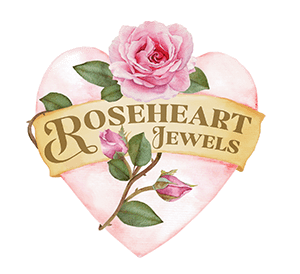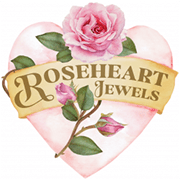Rings for Occasions
A piece of jewellery can be much more than just an attractive adornment. It can be a form of self-expression, and hold deep sentimental and emotional meaning to the wearer. Rings have always held a particular significance and symbolism. They are usually the most intimate pieces that we wear, signifying the bonding of loved ones and families, or marking important life events and memories.
The engagement ring is placed on the left ring finger, which is believed in many cultures, to be the finger related to the heart. Traditionally, a man proposed marriage to his future bride, with an engagement ring, which he chose as a surprise for her, a sign of his love and commitment, the promise of life together. Who doesn’t secretly love the idea of this romantic gesture we have watched played out in a myriad of ways in Hollywood movies?
But in reality, these days, many couples choose the engagement ring together. It is a big investment and most people want to make sure their partner is happy; not only about the proposal but also about the ring they will have on their finger every day for years to come.
Some couples want a ring each; particularly in same gender marriage but not only. Many men choose to wear a more elaborate ring than a simple band. It often depends on whether they do manual work, in which case an elaborate ring could be a hazard. A ring which is to be worn every day, has to be a symbol of love, but also practical and wearable.
The engagement ring usually contains a diamond or coloured gemstone, as a central stone. Diamonds, sapphires and rubies are the hardest stones in the gem world and not only a luxury choice but also practical for a ring we want to wear every day. They can withstand the accidental knocks, which might scratch or chip other stones.
Many people choose a ruby or sapphire (sapphires come in all the rainbow colours) for the central stone of their ring and use diamonds as accent stones, on either side or surrounding the middle stone. Princess Diana chose her own blue Ceylon sapphire and diamond engagement ring, which is now lovingly worn by Catherine, the Duchess of Cambridge.
If you want a coloured stone and sapphires and rubies are beyond the budget, the choice is rich and vast.
Couples exchange the wedding rings, also called wedding bands, during the wedding ceremony. These are usually chosen together by both partners. Traditionally, they are a simple band of metal, representing the circle of eternity and never-ending love. They can have patterns on the outside and engraving inside. They can have small gemstones set flat into the band but don’t usually contain high set gemstones. The wedding ring is placed at the base of the finger, with the engagement ring against it, closest to the fingertip.
There are no set rules today. Two male partners often incorporate the engagement and wedding ring into one, sometimes choosing a band with gemstones set into it.
This is a fine band, made to match the wedding and engagement rings. It is usually set with a continuous row of small diamonds or coloured gemstones, going either all the way around the ring or across the top. This ring is given after a number of years of marriage and symbolises on-going, eternal love.
For different reasons, many people want to buy themselves a special ring. It could be simply to create something you love for yourself. It could be to remember a loved one passed, or to use Granny’s ring and build something new from the old. Perhaps you want to replace the old engagement ring after separation from a partner who has shared the life journey for a time.
Precious metal jewellery no longer worn can easily be melted down to make something new. We would love to help you create your own ring of love.






